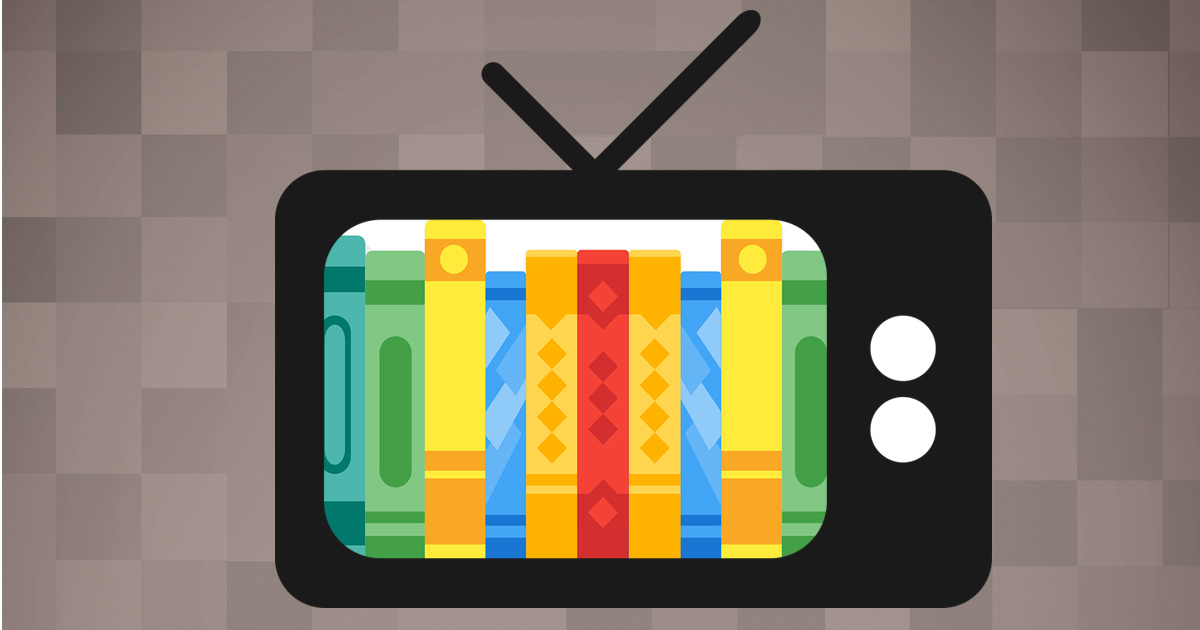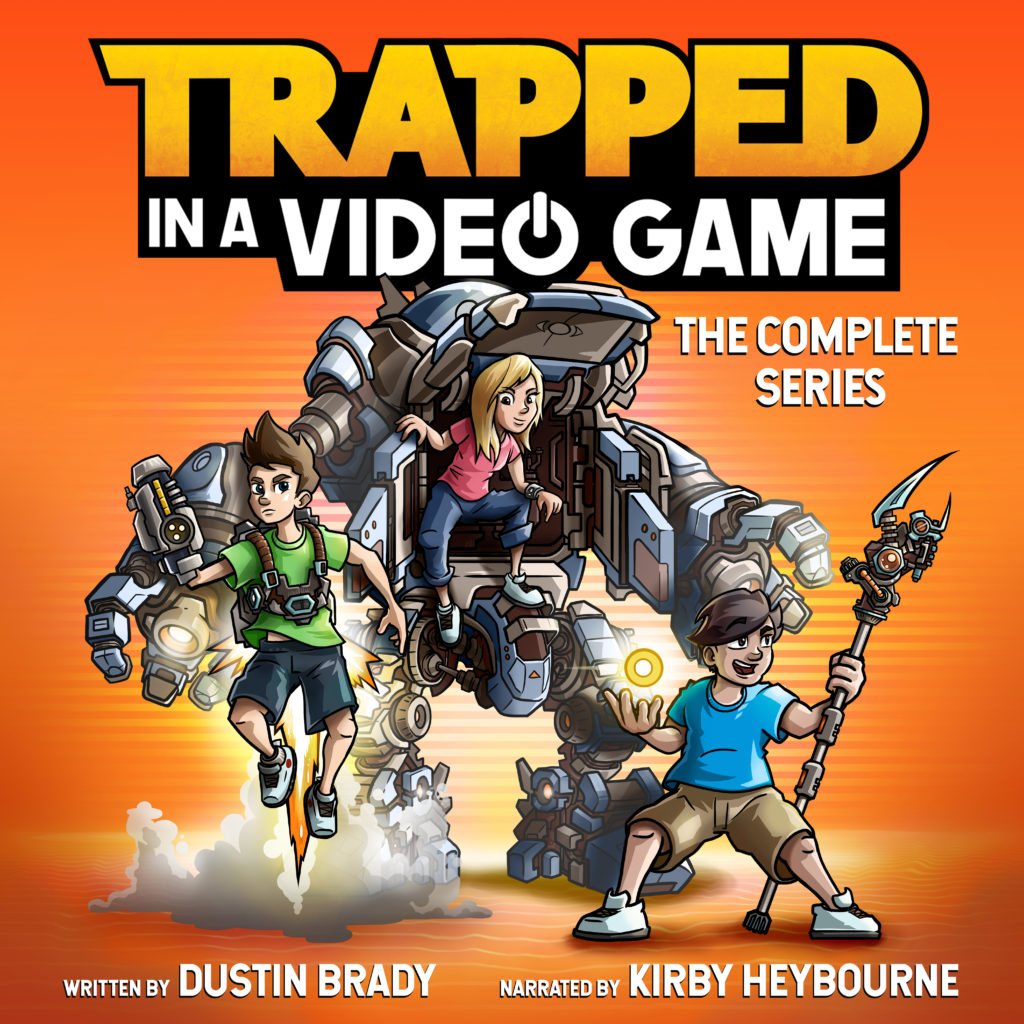
Libraries are hosting Fortnite tournaments. Minecraft is being used in classrooms. It’s time to call a ceasefire. The “books vs. video games” war is over.
Like comics, video games have been a contested issue in education circles over the years, but most of us have come around to the idea that, with any form of media, it’s less about the package and more about the content inside. We’re not saying you should add Legend of Zelda to your syllabus (even though that’d be a pretty sweet class), but that doesn’t mean video games and books are at odds. In fact, when put in conversation with one another, the results can be spectacular. Here are four strategies to foster a community of gamers and readers:
- Gamify reading: Gamification, or the introduction of game-like elements to a non-game activity, can reframe reading as fun for kids who might just think of it as work. Gamification comes in many forms, ranging from simple reading rewards to something as elaborate Pokemon Go tour of the library. Different strategies work for different communities, but the goal is often the same: to make learning more fun, social, and engaging.
-

Being “Trapped in a Video Game” isn’t always a bad thing
Readify gaming: A game like Super Mario Bros. might not teach much more grammar than the meaning of a question mark on an item box, but many other games, including RPGs and immersive sims are heavily layered with text in the form of dialogue, narration, item/setting descriptions, and instructions. The Legend of Zelda: Skyward Sword, for example, clocks in at over 160,000 words, which is longer than The Odyssey! This doesn’t mean Nintendo is the next Homer substitute for Homer, but it can be a supplement, letting kids organically boost their vocabulary while they’re off saving the world. Learning Works For Kids put together a whole database of video games that could be reading assignments, so check it out!
- Fanfiction: Videos games often have expansive virtual worlds for gamers to spend hours exploring, but they’re still finite. Players who want the story to continue can take part in a time-honored tradition by writing their own! We’ve already put together a fanfiction guide for the uninitiated, explaining how, when used safely, these communities can be wonderful spaces to cultivate creativity, literacy, and (occasionally!) publishable books. Our own Battle Royale started off as Fortnite fanfiction!
- LitRPG: At the end of the day, there’s nothing better than pairing a reader with a book they’ll love. For gamers, that often means… video game books. Luckily, “LitRPG” (shorthand for “literary role playing game”) authors have taken the genre far beyond strategy guides. The most traditional form of LitRPG books are direct screen-to-page adaptations, often incorporating game stats to make reading feel even more like playing. Diary of an 8-Bit Warrior fans, for example, don’t need to know that Runt’s new sword has +8.25 attack damage, but it sweetens the deal for Minecrafters. Other books immerse readers in a game-inspired world, sometimes literally. Whether or not you get the gaming references, these books are “real reading” and can have real benefits.
Much like reading, video games offer a wide range of skill development opportunities that should be embraced. And for those reluctant readers, meeting them where their interests lie is a good place to start.
